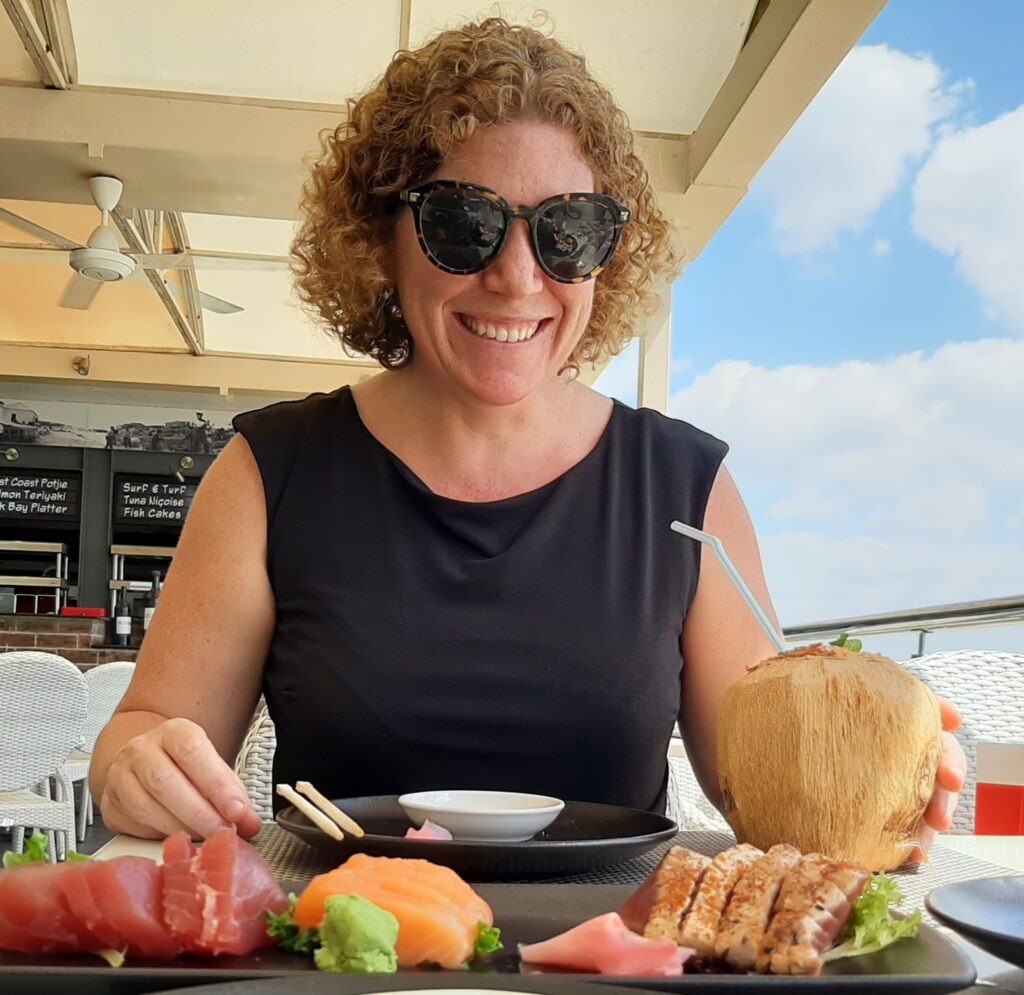
Eating well on vacation is one of the best indulgences. Sustainable tourism is not the top of our minds as we enjoy that steak and sushi.
But, in addition to the vacation weight gain, our enjoyment of vacation meals comes at an environmental price, too: Around one-quarter of the calories the world produces are thrown away; they’re spoiled or spilled in supply chains; or are wasted by retailers, restaurants and consumers.
So, when you think about all the food produced for and consumed as we travel around Africa, it’s clear that the food tourism sector has a fabulous opportunity (and responsibility) to align with sustainable tourism approaches.
Making eco-friendly eating choices isn’t always easy in Africa
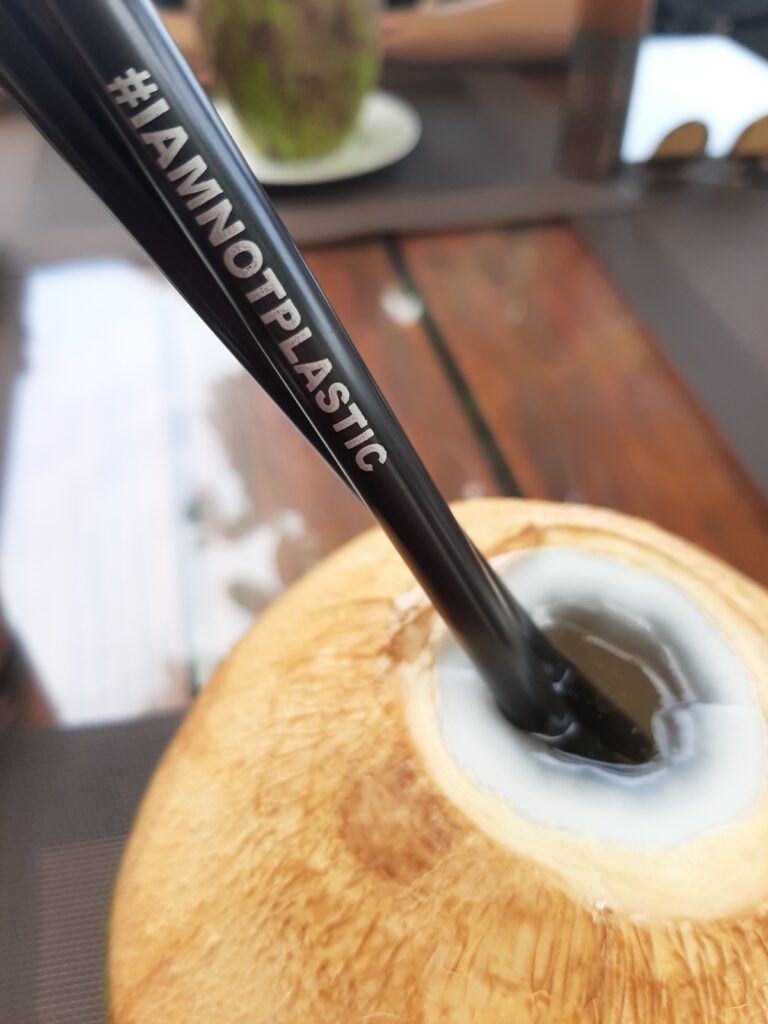
How many of these situations have you been in on your travels?
- Have you used multiple plastic water bottles each day of your trip?
- Did you order steak in a place that culturally eats a plant-heavy diet?
- As you admired the ocean view, did you sip your sundowner drink through a plastic straw?
It’s not always easy to make eco-friendly choices (no one asked me if I wanted that straw in my drink!) The good news is that Jiranileo lets you enjoy your vacation eating while making it easy to be eco-friendly, too.
We care about building options that align with sustainable food tourism. What is sustainable food tourism? Consider this: When you think about the economic benefits of your vacation spending on food, to what extent are you also disrupting the natural environment and the culinary culture? For sure, adding money into the local economy is good, but the waste and demands associated with feeding tourists can be detrimental in a lot of ways.
Five ways Jiranileo is built around sustainable tourism
1. Eating a home-cooked meal reduces food waste.
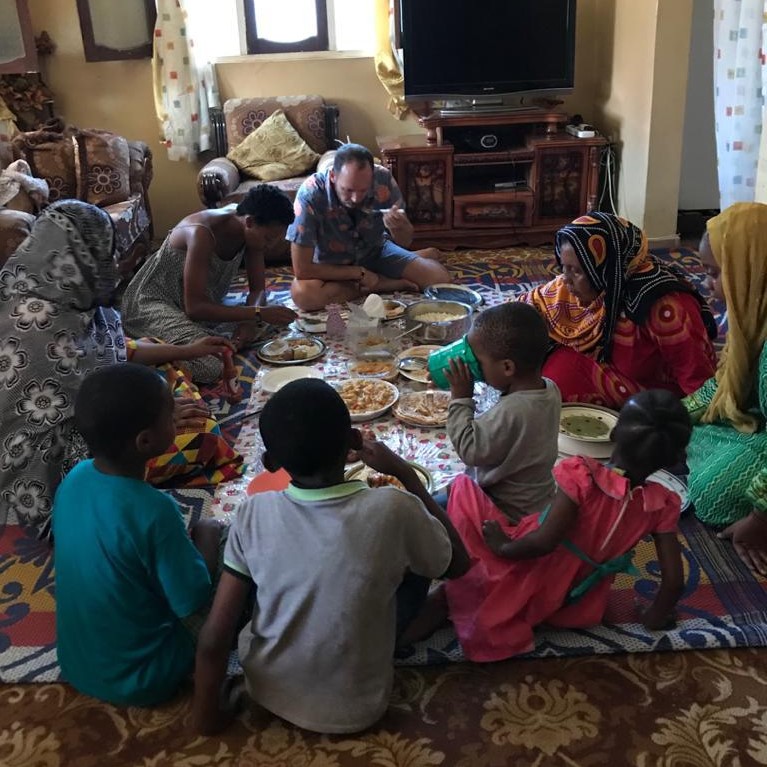
Feeling guilty about the carbon emissions from your long-haul flight to your African destination? Believe it or not, your hotel breakfast buffet might have been more harmful to the environment than the flight!
Food wastage is responsible for around 6% of total global greenhouse gas emissions – three times the global emissions from aviation. Eating a home-cooked meal with Jiranileo reduces food waste in three ways:
- The host buys food specifically for the number of people who booked a meal at her home. What she purchases, she uses.
- Jiranileo meals are served family style. You choose the portion size that you want to eat; you can try a small bite of any new food or take more helpings of the dishes you love.
- Leftovers are enjoyed – either by the host’s family or extra food sent home with guests.
2. Our hosts use ingredients with minimal food packaging.

Single-use food packaging (think plastic water bottles and bags of potato crisps) doesn’t always make it to a landfill. Often the packaging is carried along by wind and water into backyards, public places, drainage systems, and oceans.
Happily, several African countries, such as Rwanda, Tanzania, and Botswana, have already banned plastic bags. It is now the norm for everyone to bring reusable bags and baskets when food shopping.
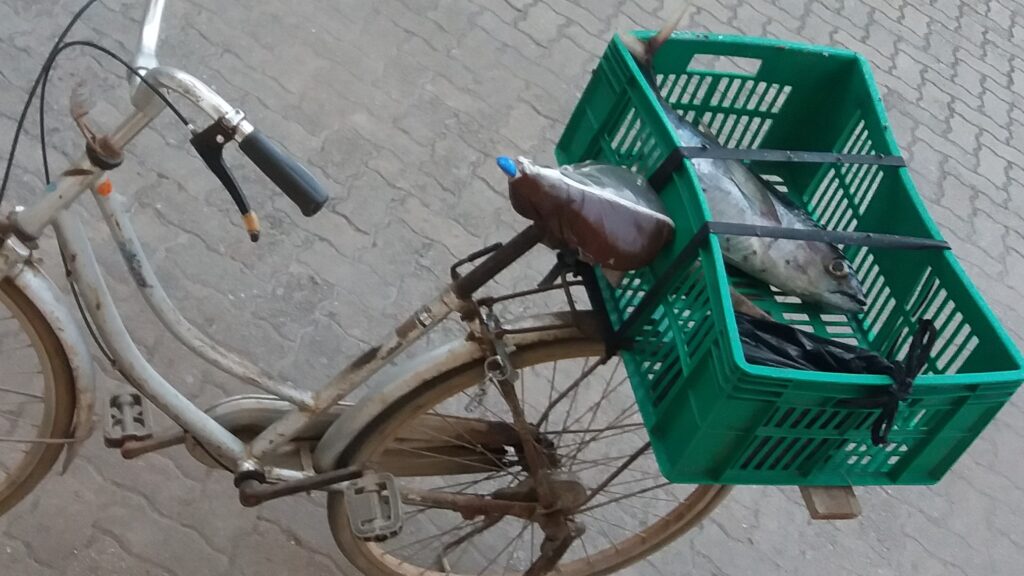
Jiranileo meals reduce food packaging by:
Encouraging our hosts use farm-to-table ingredients that have no packaging, such as buying a live chicken from the neighbor or fresh vegetables from the roadside stand. In Dar es Salaam, fish can be ordered from the market and delivered home by bicycle.
Identifying low-waste options for serving drinking water at meals. If the host’s home drinking water supply is not considered safe for guests, hosts purchase re-usable (returnable) 10 or 20-liter water containers instead of single-use bottles. The water is poured into jugs and glasses on the table during meals.
3. Our hosts use their traditional recipes, with local ingredients, to prepare meals.

I was served broccoli on a remote island off the African coast. (Do you know anyone who misses broccoli when they take a vacation?) We still don’t understand why hotels serve so many Western food options when the local ingredients across Africa are so amazing.
Supply chains account for 18% of food emissions, so any time a food needs to be trucked or flown in, it has an environmental impact.
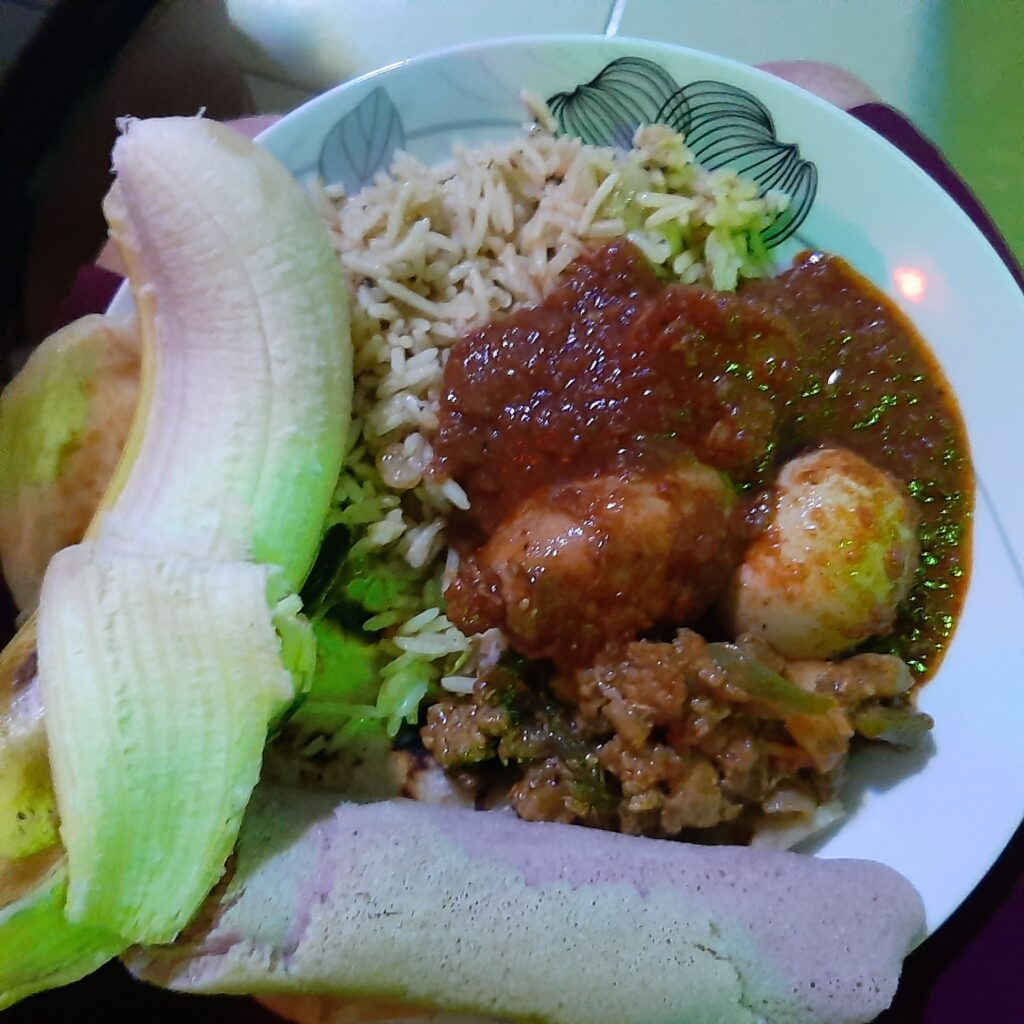
By eating with our Jiranileo hosts, you are supporting continuation of local culinary tradition, based on local ingredients. Traditional recipes use local crops that are suited for that environment, which reduces the need for fertilizer.
Bananas are one of the most common staple foods across Africa, and bananas are a crop with one of the lowest carbon emissions.
Even local meat can be more eco-friendly, for example if the eggs are from the backyard chickens or the host chooses to prepare game meat (responsible game farming requires no antibiotics.)
4. We preserve eco-friendly cultural traditions.

Jiranileo is always on the lookout for ways we can promote cultural practices that positively impact the environment. Two great examples:
Our hosts often think “Let me serve soft drinks to the Western guests.” We say: “Instead, why don’t you make a traditional drink?” Result: Our guests have raved about the local juices and have sampled local drinks that they would never find in restaurants.
Many African cultures use hands for eating and pour water over hands to clean them. This act of pouring water for others around the table extends cultural hospitality to the guests and is a more eco-friendly and economical option than using disposable serviettes.
5. Our meals are enjoyable in any season.

Eating a home-cooked meal is an excellent activity in any weather.
Many destinations are seasonal, resulting in too many visitors at once and a negative impact on the residents (due to overcrowding, higher prices, and harm to the environment.)
African food tourism is a year-round experience and can even be more interesting in the off-season. For example – the foods of the rainy season are quite different than the dry season.
These orange chanterelle mushrooms pop up for only about 2 months a year in Zambia, right in the middle of the rainy season. They are delicious – and only found in homes (and not on the restaurant menus.)
Jiranileo wants to do even more to promote sustainable tourism
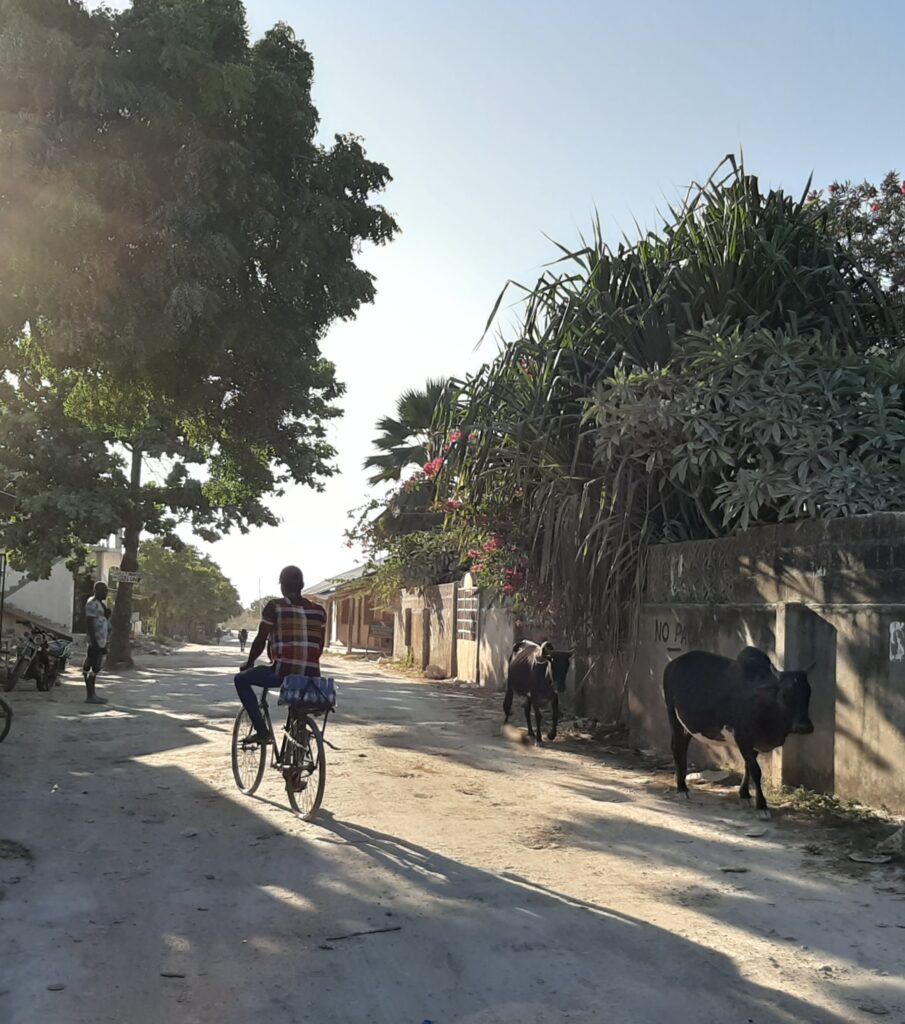
It’s a no-brainer that sustainable tourism is good for our host families and for their communities.
Jiranileo is working on our sustainable tourism criteria for our company, adapting global benchmarks and collecting feedback from our hosts and stakeholders so that we can continuously improve.
We area also striving to make the following practical improvements as we expand and grow:
Reducing meals with beef, and adding more vegan options, when culturally appropriate. If we can substitute less than one day per week’s worth of calories from beef and dairy products to chicken, fish, eggs, or a plant-based alternative, this would reduce greenhouse gas emissions more than buying all food from local sources.
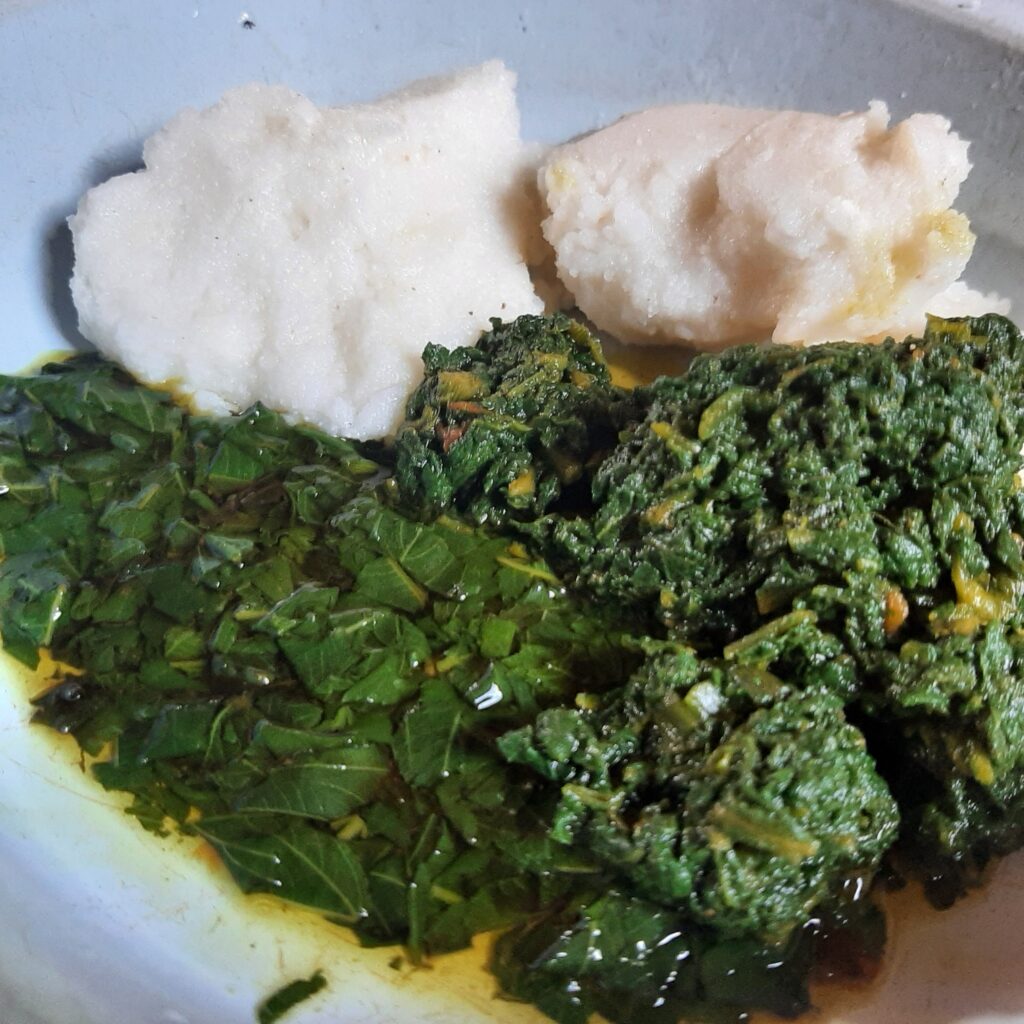
Educating our hosts about everyday sustainable practices, such as composting; identifying eco-friendly food packaging; reducing use of plastics; using energy-efficient stoves; and saving kitchen wastewater for backyard gardens.
Partnering our food tourism invitations with sustainable tour companies, such as walking/hiking tours; bike tours; and companies that are investing in conservation.
Making our own personal travel choices as cofounders, such as emulating our friend who traveled around East Africa and didn’t use even one single-use water bottle. Now that’s impressive!
Do you more ideas to share with us? Let us know!
Want to do more? Sign the petition here to make the East African Community free of single-use plastics.






